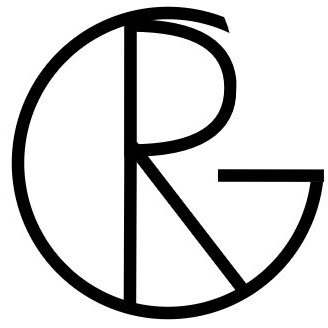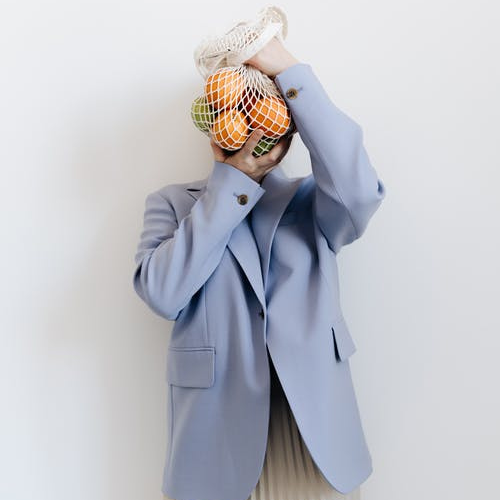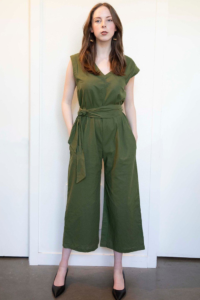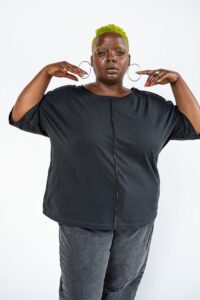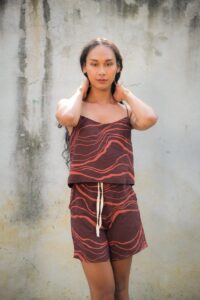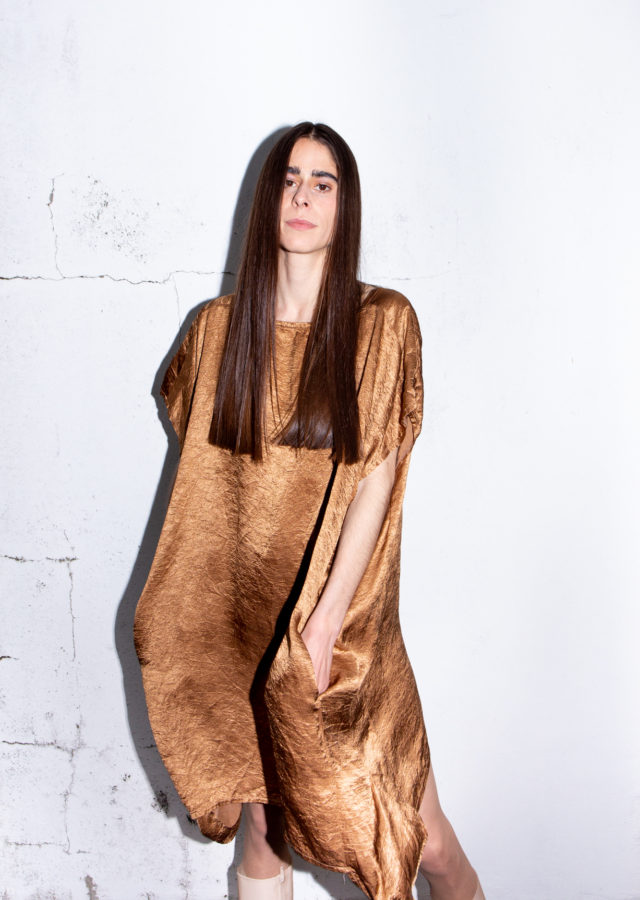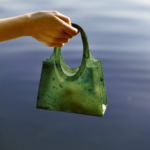On Thursday the 28th of October 2021 the Zero Waste Conference will take place. This will be the 11th edition, which under normal circumstances would take place in Vancouver. Sadly, however, due to the ongoing pandemic, it will be held virtually for the second year in a row. While this is sad of course, I’m also very happy because this means that I can attend the event for the second time.
The Zero Waste Conference is meant to explore the ideas and actions that can transform our society into becoming circular. During this event, you can listen to speakers from all over the world including innovators, leaders, and change-makers.
I attended the conferences last year, and it was an amazing experience. Many interesting topics were touched, including fashion! I’m excited about this year’s conferences, and I’m looking forward to listening to all the keynote speakers.
In preparation for the conference, I thought it might be interesting to touch upon the topic of zero waste in fashion.
Zero-waste in fashion
Zero-waste fashion is aimed at utilizing all existing materials to their fullest extent without producing any waste. The concept is focused on creating a circular system in which nothing is wasted.
Zero-Waste in the fashion industry is focused on tackling two stages: pre-consumer waste and post-consumer waste.
Pre-consumer waste is all the waste that is created during the production of a clothing item. This is done by the manufacturers that produce the clothes. Post-consumer waste, on the other hand, is created by the consumers who end up throwing their clothes away once it no longer has a use to them.
In the pre-consumer phase there are two different approaches to reduce or eliminate the creation of waste:
- Zero Waste Design: for this approach designers use a special pattern-cutting method in order to reduce or even eliminate the waste created.
- Zero Waste Production/manufacture: with this method, waste is reduced by reusing scraps and other excess materials in other products.
These approaches ensure that no new waste is created during the production process. However, fashion brands can also reduce waste in other ways. Examples are using materials from leftover deadstock from other brands or using recycled materials from landfills.
To create fashion not only tangible materials are used, but we also need energy. Completely circular zero-waste brands will use renewable energy sources for the production of the clothes.
To eliminate waste in the post-consumer waste garments are recycled and used in new designs in order to produce new clothing.
Zero Waste Brands
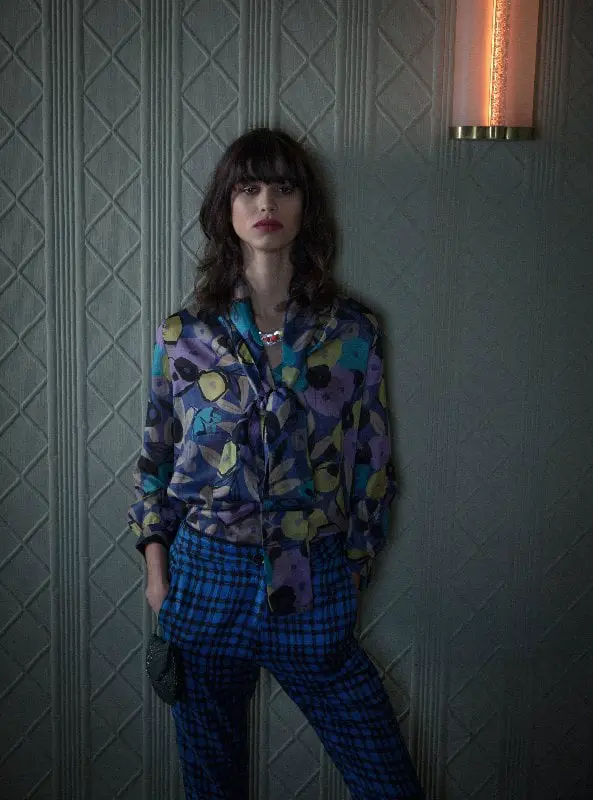
Charlotte Bialas
Paris-based Charlotte Bialas is a sustainable fashion designer focused on zero waste. This designer uses vintage textiles from the 1950s to 80s from top French fashion houses. These fabrics are cut into different geometrical shapes in order to create distinctive designs. Any scraps that are created by using this method are then used in other products.
Her designs are unique and often non-western such as the Japanese Kimono or the Indian sari. The clothing comes in all forms and sizes, and her customers include women from all over the world.
Tonle
Through a sustainable zero-waste process, Tonle creates clothing, accessories, and homeware from reclaimed materials that were considered waste by other manufacturers. 100 percent of the reclaimed materials are used by the brand ensuring that no waste is created.
The brand has three core values. The first one is purposeful, meaning that every little fabric, every scrap has a purpose. What is considered waste by other brands is used by Tonle to create the most beautiful pieces in order to reduce the impact of fashion on the environment. Second, the brand is inclusive. Those who are normally sidelined and exploited in the traditional industry are recognized by Tonle. The last core value is honesty. The brand believes that knowledge is power, which is why the brand is completely transparent.
Tonle is size-inclusive and has many cute designs in different colors.
Interested in Tonle? Click here to visit their website.
Farrah Floyd
This brand is based in Berlin and is led by designer Bojana Draca. The brand uses a technique called zero-waste pattern drafting to create its pieces. Every single collection of the brand is created by using this technique. Designer Bojana Draca has created this system herself and has developed and perfected the design over the years. The idea of the system is that every single piece that is cut from the fabric fits together with the others. This ensures that the whole fabric is used, and no waste is created.
The brand aims at prolonging the life of the clothing items by increasing the quality and creating an emotional attachment to the garment.
All the materials used by Farrah Floyd are sustainably created by companies in Italy and Turkey.
If you want to read more about Farrah Floyd, and designer Bojana Draca please visit the website.
